Affinity Sutton provides better data insights with BusinessObjects on iPads
How a housing provider discovered BusinessObjects' hidden mobile capability
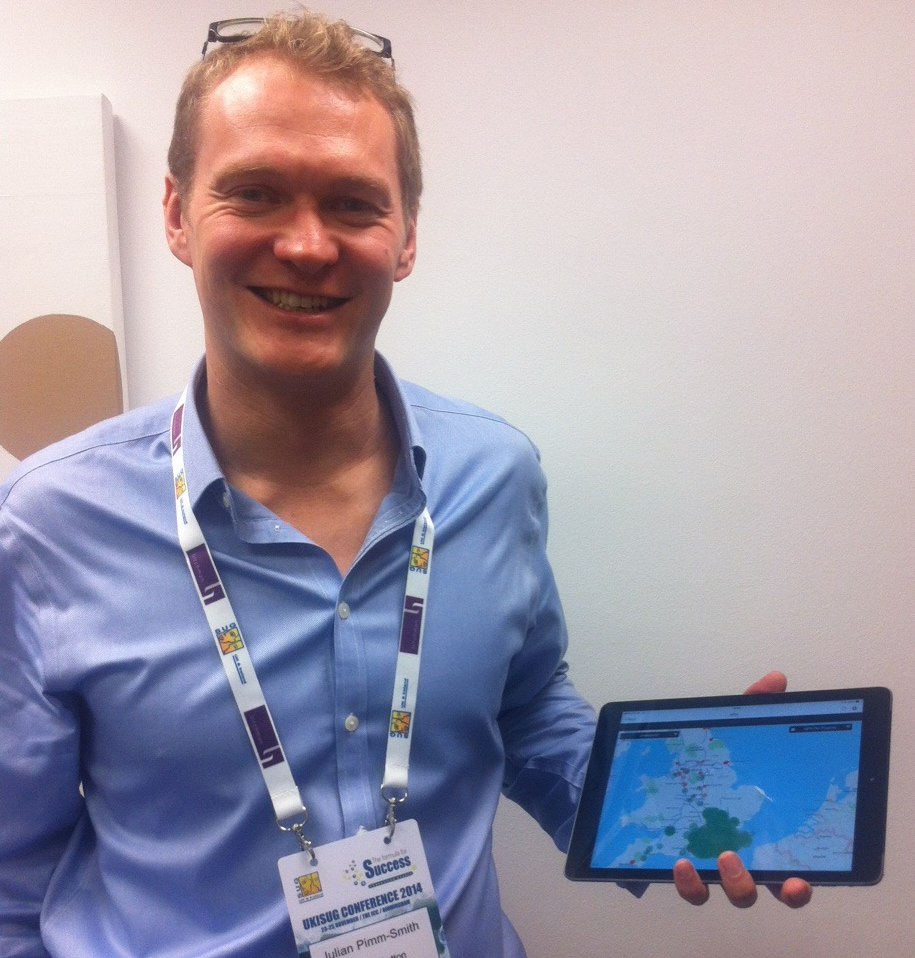
When housing association Affinity Sutton was looking for a mobile reporting tool, it didn't realise it had one under its nose all along.
The social housing provider is one of the largest in the country, with 57,000 properties nationwide and plans to build 1,000 properties each year for the next decade.
As the organisation modernises its workforce, it has armed 130 housing officers with iPads to help them work better in the field, as well as offering interest-free loans so more staff can buy devices.
Benefits for the group included fewer business premises to lease and maintain, and less reliance on paper, and so the organisation plumped for SAP's BusinessObjects to provide employees with information on the go.
The software was in place when, back in 2012, head of business intelligence Julian Pimm-Smith sought to help staff dive deeper into the data by deploying a mobile reporting tool on top of BusinessObjects.
The trouble was, as Pimm-Smith says, two years ago "there wasn't a lot out there".
The usual suspects
Get the ITPro daily newsletter
Sign up today and you will receive a free copy of our Future Focus 2025 report - the leading guidance on AI, cybersecurity and other IT challenges as per 700+ senior executives
Part of the issue was that he did not want Affinity Sutton to settle for a desktop solution, he admits.
Pimm-Smith adds: "We'd had the iPad around a year, year and a half and there wasn't really a fully functional feature rich mobile reporting piece of software out there.
"So the way we thought we'd tackle it was we'd trial a bunch of software and see what the pros and cons were."
First off, he and his team looked at mobile analytics and reporting app Roambi. This is a piece of software inspired by the Stocks app on the iPhone, whose simple UI the creator decided to mimic for the analytics app.
Pimm-Smith says: "It was gorgeous, it had a wonderful aesthetic and that was something we wanted for our reporting. If we were going to stick reports on an iPad then we wanted to mirror that design aesthetic."
However, the tool did not integrate very well with Affinity Sutton's BusinessObjects back end, nor its data warehouse platform, Microsoft's SQL Server, and so it was reluctantly ditched.
Next up was SAP's own BusinessObjects tool Dashboards (formerly Xcelsius) a product with the obvious advantage that it did integrate with the organisation's BI backend.
Pimm-Smith found it to be an incredibly powerful tool, as it allowed staff to interact with datasets, drilling down to get more specific, rather than simply viewing a static PDF document.
"We wanted a regional manager to see not only their KPIs but to get down from themselves, to a housing officer to the estate, to the property which might have an issue or tenant that might have a problem to see what's going on," he explains.
However, the problem was translating Dashboards' desktop capability to an iPad environment.
"It was incredibly slow to build," laments the head of business intelligence. Even using the power of BusienssObjects' Web Intelligence, which can create reports in hours and minutes, it took weeks and days to build a Dashboards report for the iPad.
"It took hours to days to make even the smallest alteration to it," Pimm-Smith adds. "That kind of overhead wasn't something we were willing to take on."
His team also briefly considered BusinessObjects' Explorer, but rejected it because mobile reporting appeared to be more of a subset than a main feature.
The last tool Affinity Sutton looked at was Tableau, the visual analytics and reporting product popular with business end users for its relatively clean and simple UI.
While Pimm-Smith praises its "incredibly intuitive" useability, he decided not to go for it because it would involve more money and time spent on supporting an entirely new reporting platform.
"We just realised we didn't want to add another reporting platform bolted onto the side of ours. Business intelligence is a whole lot of maintenance because we maintain the servers, the data warehouse, the apps we use and the reporting," he says.
"To add another whole piece of software we had to maintain, we didn't want to be in that kind of game so we dumped that."
A pleasant surprise
With disappointment at finding nothing that quite met their needs, Pimm-Smith and his team decided to dump mobile reporting for a while, too.
A couple of months later, the team was carrying out a routine patch upgrade on BusinessObjects with SAP partner Itelligence, when it found something quite unexpected.
"Every time one does a patch upgrade a little folder called Web Intelligence Samples appears. Under that folder there was a new folder called Mobile Samples," explains Pimm-Smith.
He was already aware BusinessObjects' Web Intelligence could be displayed through an iPad, but had dismissed the idea of using it because it was "fiddly".
However, when he clicked on Mobile Samples, he found a new report called Geoanalysis Samples.
Pimm-Smith says: "It was just a bunch of ugly tables, it didn't look like anything. But to turn that into a mobile report, all you do is right-click on it, select category', mobile' and bang, there it was on the iPad."
This unexpected ability let the team throw all their data onto Apple Maps, meaning Affinity Sutton could present its data in a very useful, easy to understand way for its housing officers.
"It was a tipping point as a product for us," says Pimm-Smith. "It's got mapping, it looks good, it's quick to build, it had everything basically.
"Seeing that made me realise that we can cover everything with the reporting tool we've already got - all we had to do was right click and say mobile. And it looks absolutely fabulous as well, it doesn't look like a PDF on there, it has its own iPad aesthetic to it."
Ignorant SAP?
Asked how much SAP knew about this tool, Pimm-Smith says they were consulted all the way through, but seemed ignorant of BusinessObjects' hidden capability.
"They don't advertise it, SAP," he says, adding that initially the German tech giant plugged Dashboards, then Explorer.
"Webby is the reason we have BusinessObjects and the fact it works on mobile is just brilliant," he says. "It's a fully functional product, I just don't think too many businesses who have business subjects use it for the full mobile reporting."
However, he cited the importance of having a software partner when working with a firm as large as SAP, criticising the level of communication between the tech firm and its customers.
"Often times I go back to intelligence and ask them to check if we have anything else because we won't know until they know.
"Suddenly we find out oh, you've got Lumera now, you didn't have it last year but now we're bundling it in'.
"So no, there isn't very good communication around for existing customers around what is available."
His comments follow criticism from the UK & Ireland SAP User Group that the company must become better at serving existing customers.
Its new UK MD, Cormac Watters, said he agreed with the User Group when he appeared at its annual conference last month.
He said at the time: "I used to be a customer and we used to see the account executive about this time of year, when it came to Q4, and if we didn't have anything to talk about then we wouldn't see him again until this time of year the next year.
"We've got to find a way to change that."
Results
But as far as Pimm-Smith is concerned, he is just happy that Affinity Sutton has found a mobile reporting tool that does everything it needs.
"Usually [with a mobile reporting tool] you've got a single customer view and it can be mobile so your employees can access information, but it's probably only able to see the data the CRM system is seeing," he explains.
"If you want to add something from another bit of your business that's probably a costly development to get it onto that screen and into that mobile app."
With the Web Intelligence mobile app, Pimm-Smith's team allows housing officers to view a variety of data from different systems all on one app, and all integrated to provide a single view of a customer.
"What we've got here is our single customer view but from a BI standpoint. There's your customer details, with property account information.
"You've got all the household members and all the repairs that have been carried out. That may have come from another system but we pull it in and it takes no time."
The firm now plans to use it to identify households in need of help, by using the mapping tool to cluster areas where tenants are behind on payments or need more funding, so it can reallocate cash accordingly.
-
 Should AI PCs be part of your next hardware refresh?
Should AI PCs be part of your next hardware refresh?AI PCs are fast becoming a business staple and a surefire way to future-proof your business
By Bobby Hellard
-
 Westcon-Comstor and Vectra AI launch brace of new channel initiatives
Westcon-Comstor and Vectra AI launch brace of new channel initiativesNews Westcon-Comstor and Vectra AI have announced the launch of two new channel growth initiatives focused on the managed security service provider (MSSP) space and AWS Marketplace.
By Daniel Todd
-
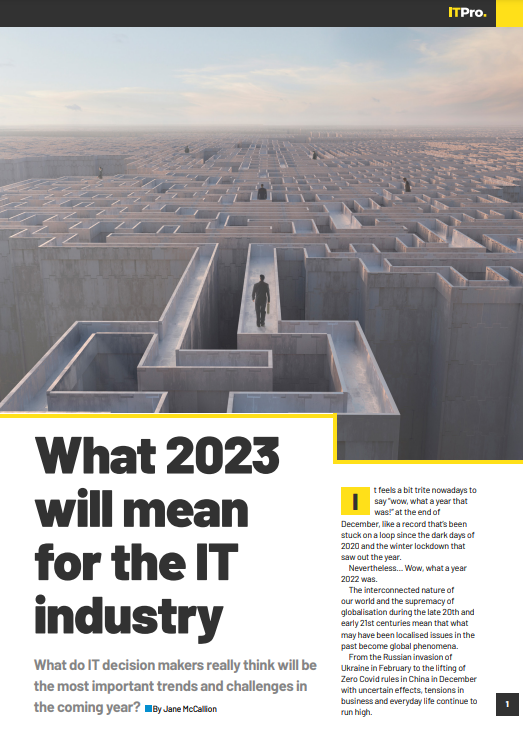 What 2023 will mean for the industry
What 2023 will mean for the industryWhitepaper What do most IT decision makers really think will be the important trends and challenges in the coming year?
By ITPro
-
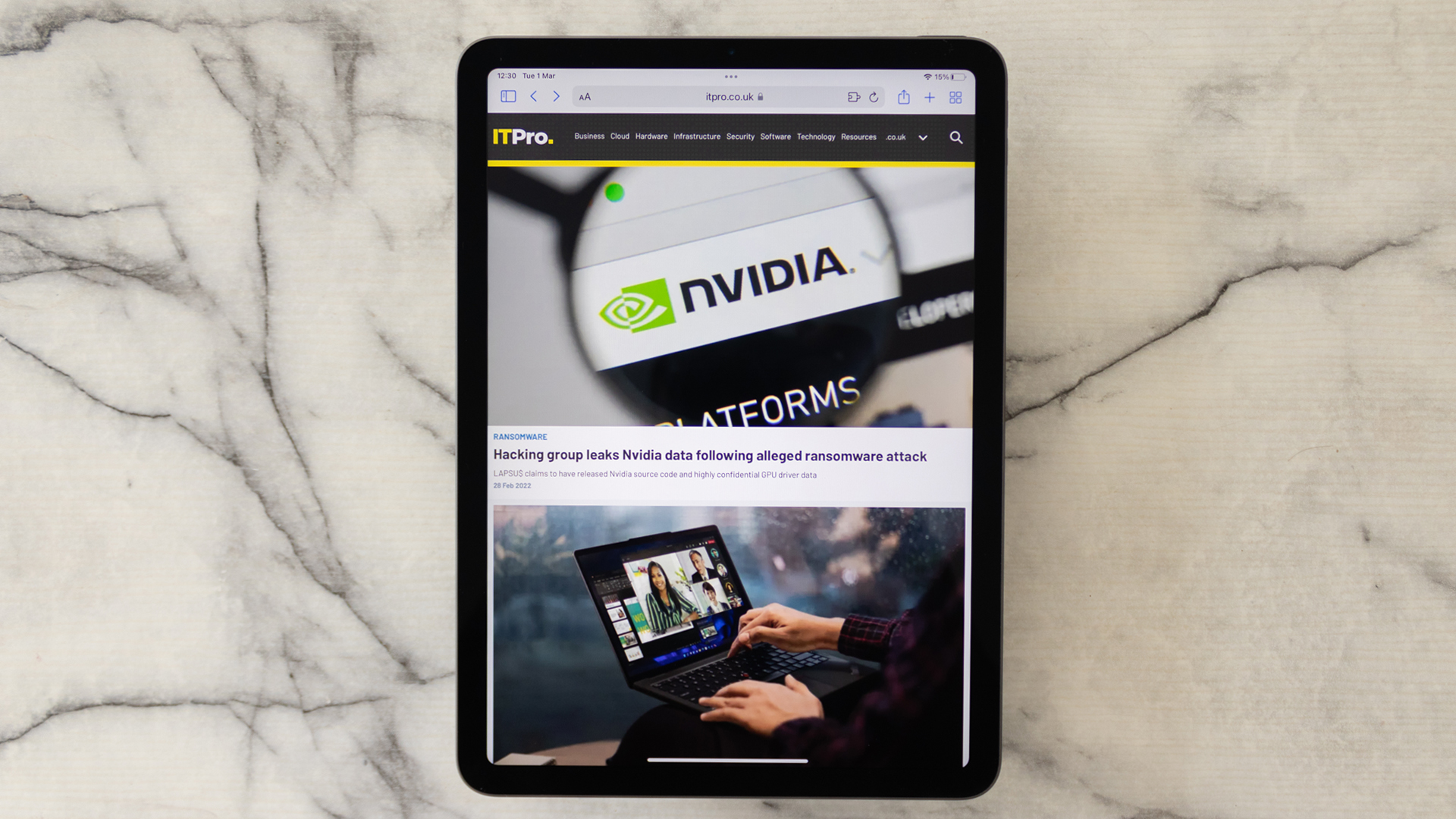 Apple iPad Air (2020) review: The executive’s choice
Apple iPad Air (2020) review: The executive’s choiceReviews With the iPad Air’s most recent redesign, Apple has delivered the best bang-for-buck tablet money can buy
By Connor Jones
-
 In praise of the early adopters
In praise of the early adoptersOpinion The IT industry needs early adopters like you – and tech that fell by the wayside should still be celebrated
By David Crookes
-
 Apple is experimenting with attention sensors to save battery life
Apple is experimenting with attention sensors to save battery lifeNews Your next Apple device may shut down if you are not paying attention to it
By Justin Cupler
-
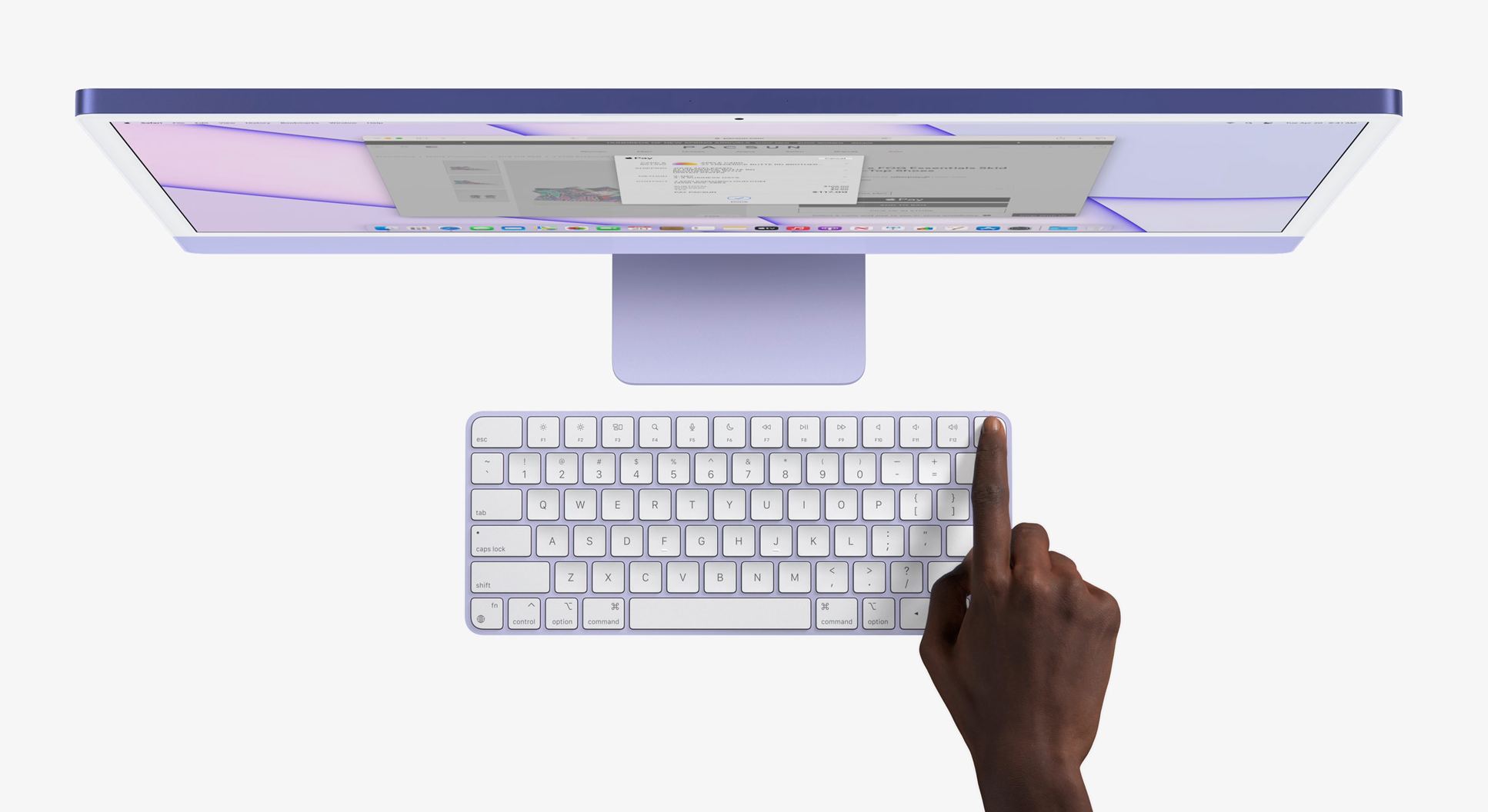 Apple unveils M1-powered iPad Pro and iMac at April 2021 event
Apple unveils M1-powered iPad Pro and iMac at April 2021 eventNews The new Apple Silicon hardware will be available to order from April 30
By Justin Cupler
-
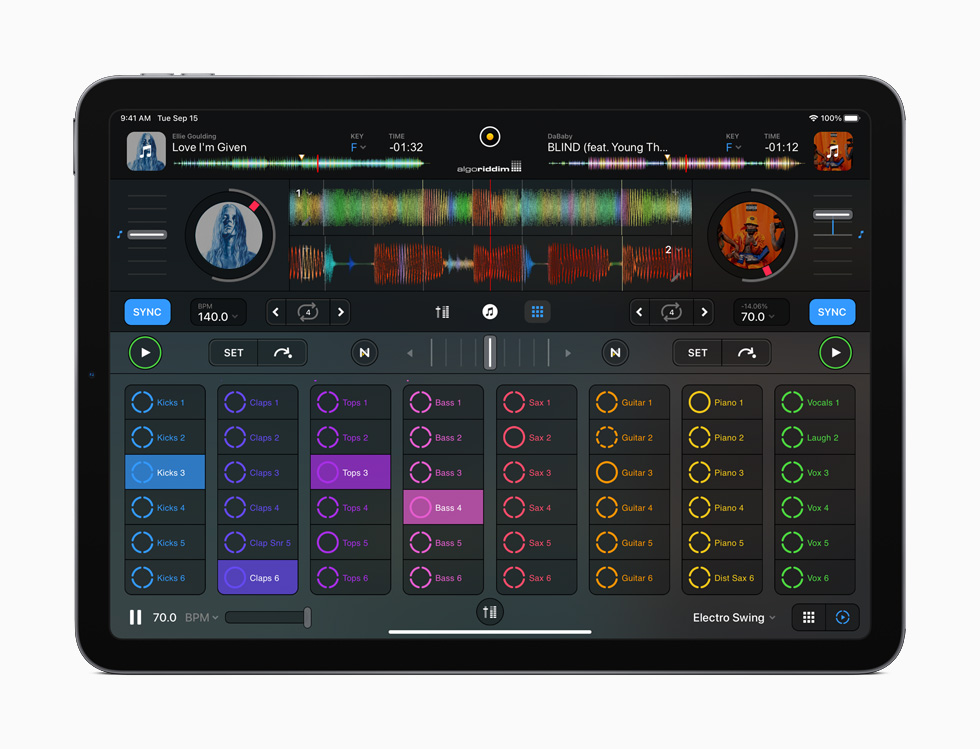 iPad Air 2020 debuts with A14 Bionic chip and USB-C
iPad Air 2020 debuts with A14 Bionic chip and USB-CNews Apple touts its latest flagship tablet as the “most powerful” iPad Air ever
By Sarah Brennan
-
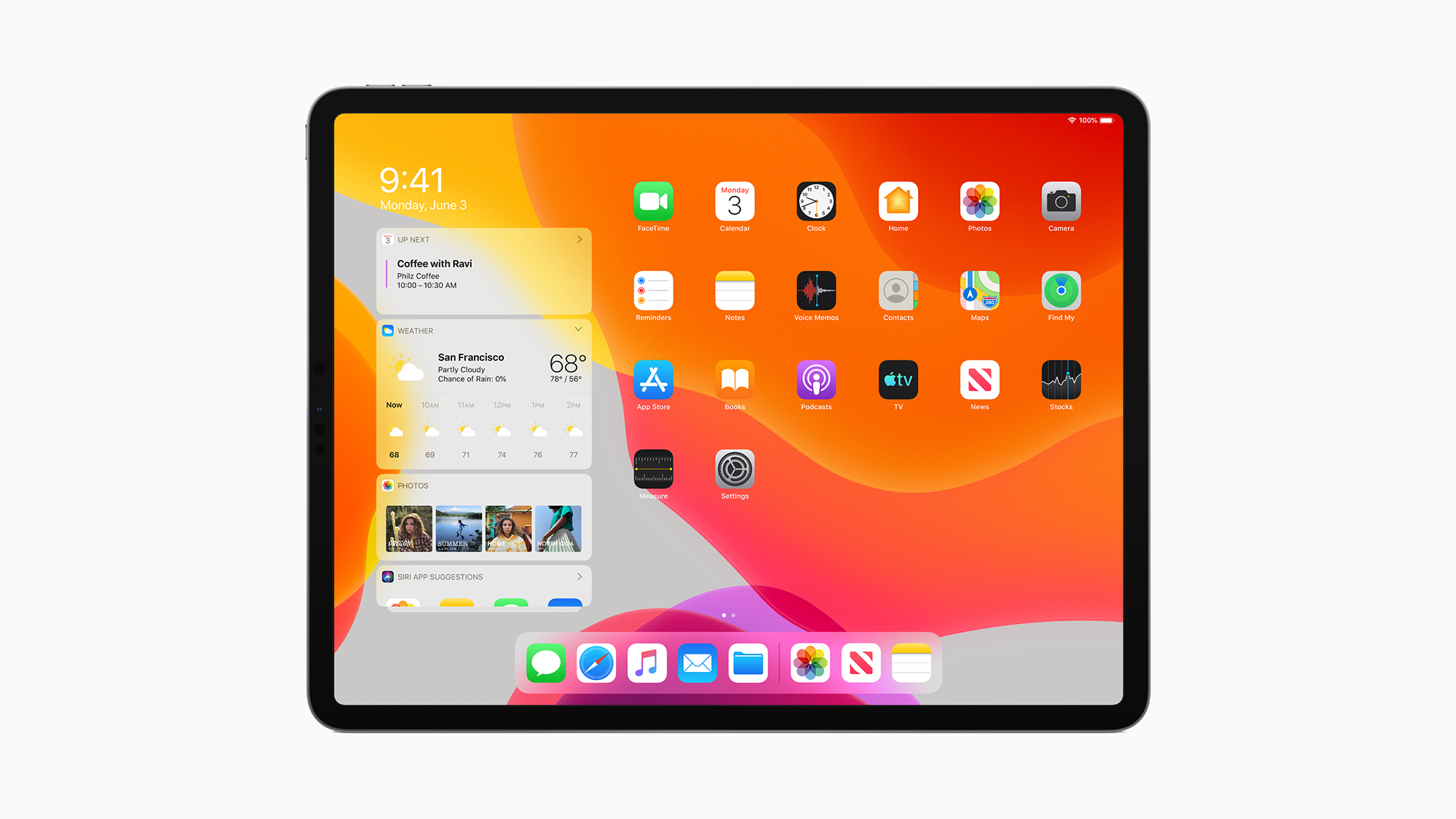 Apple reveals iPadOS at WWDC19
Apple reveals iPadOS at WWDC19News Cupertino's tablet range breaks free of iOS with new dedicated software
By Jane McCallion
-
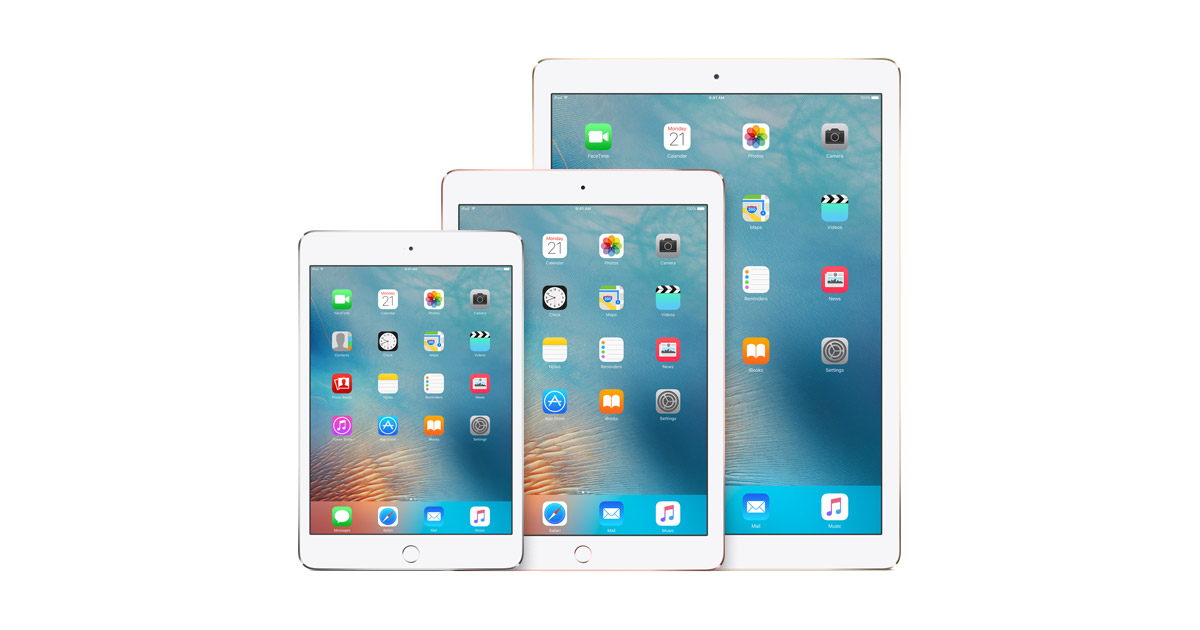 Best iPad apps for 2019
Best iPad apps for 2019Best Our collection of the best and most popular iPad apps to download in 2019
By Connor Jones